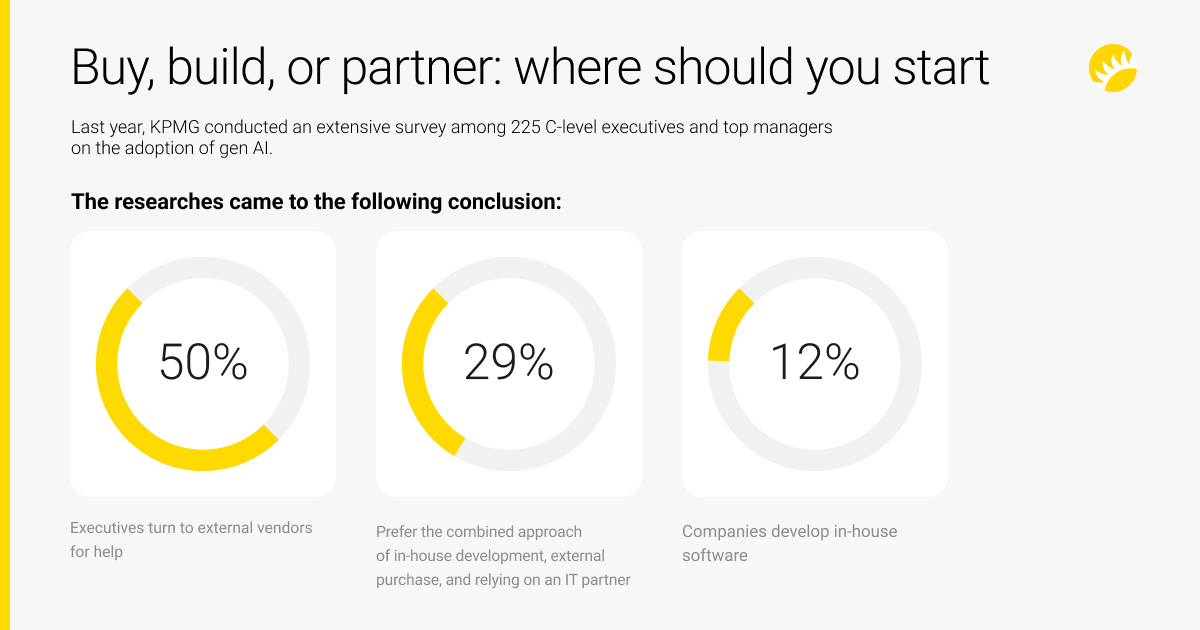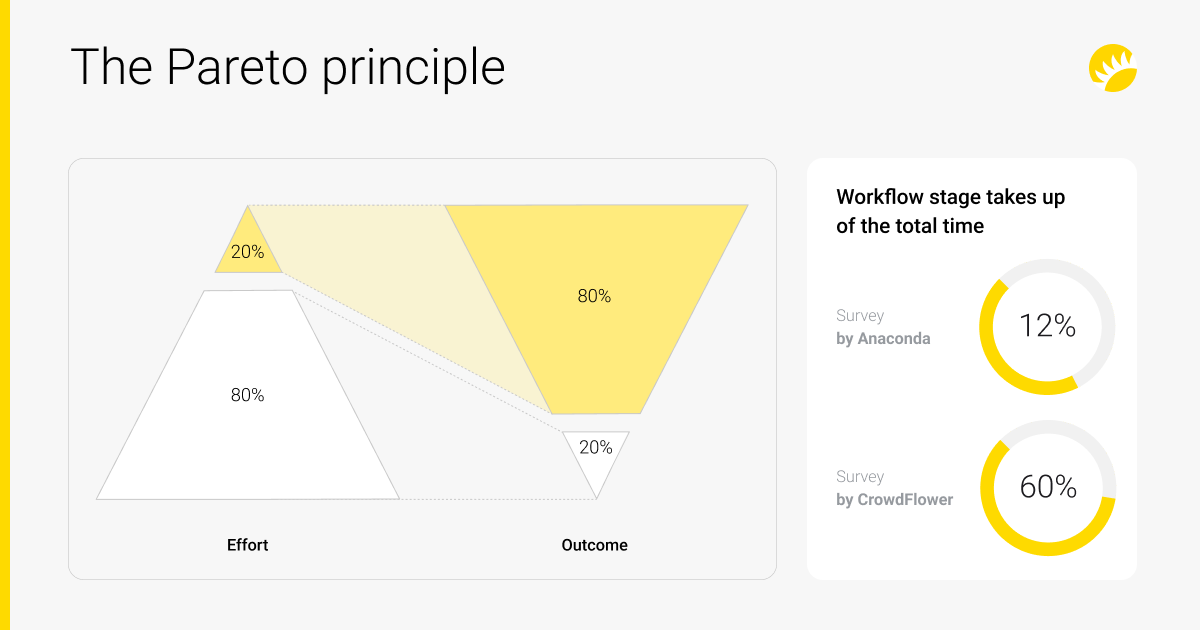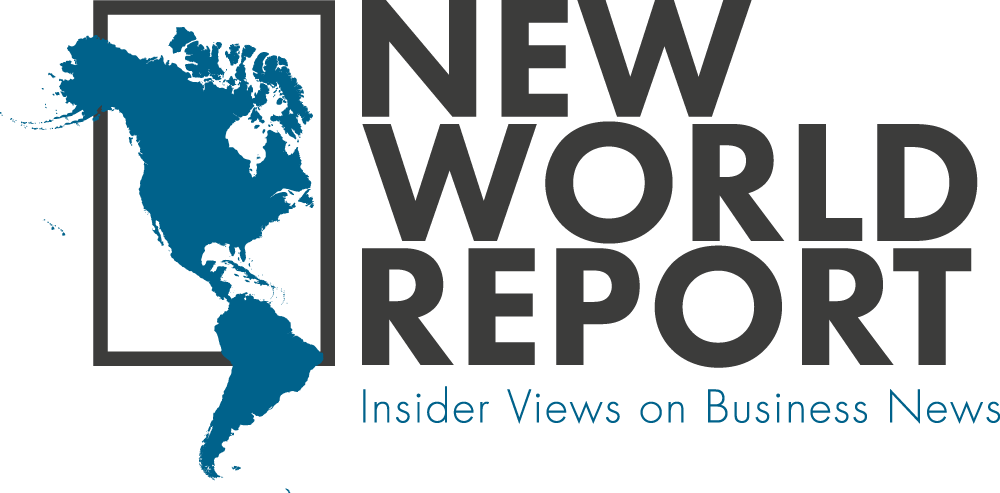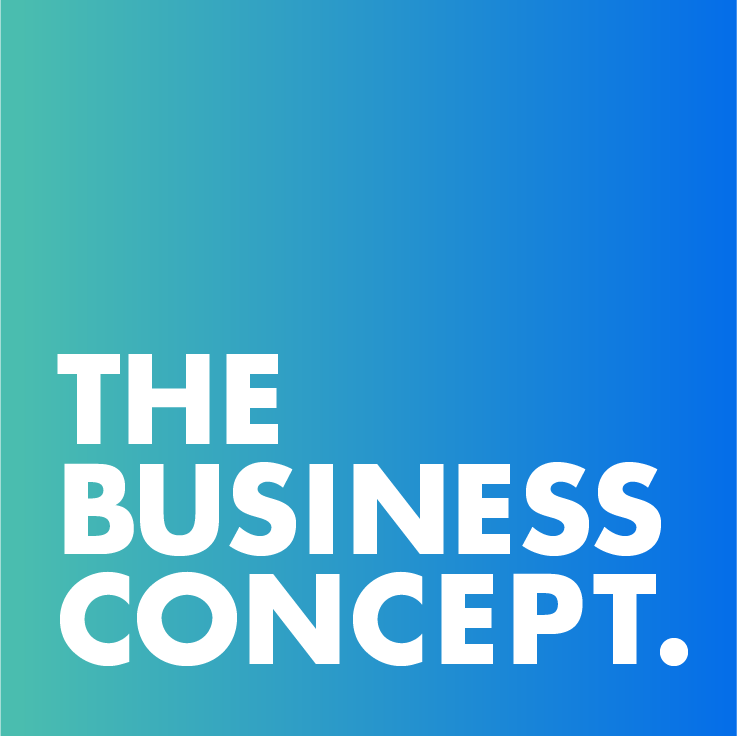Article written by Alexandr Grygoryev, COO, SVP at Andersen.
In the last several years, businesses operating in various industries have begun to actively implement artificial intelligence (AI). The technology optimises processes in many different ways, from processing documents with the help of large language models to equipping industrial robots and vehicles with intelligent capabilities such as autonomous decision making. As many as 92% of organisations aim to allocate more funds to AI within the following three years.
Naturally, every company has to choose for itself whether it’s going to develop its own AI solutions in-house, purchase them from a vendor, or find a trusted technology partner to handle its AI-related tasks and requests. The right choice is crucial as it provides a strategic advantage through elevated performance and improved quality of services and products. Conversely, a poor choice can set a company back in the race against competitors.
Chief Business Officers (CBOs) play a major part in this decision. Their core responsibilities include driving business growth and ensuring steady income over the long term. A company can achieve this, among other things, through the adoption of technological advancements like AI, aligning this process with the overall strategy. As the main goal is to streamline and accelerate business processes and cut costs, a CBO must thoroughly evaluate all risks and benefits of this endeavor, including whether to contact an external organisation or develop in-house.
In this piece, we’ll explore the main concerns when adopting AI technology, explain the decision-making process between the three options—buy, build, or partner—and discuss the crucial role of a chief business officer in it.
Buy, build, or partner: where should you start?
Last year, KPMG conducted an extensive survey among 225 C-level executives and top managers on the adoption of gen AI. The researchers came to the following conclusion:

- 50% of executives turn to external vendors for help;
- 29% prefer the combined approach of in-house development, external purchase, and relying on an IT partner;
- Only 12% of companies develop in-house software.
How do you know which option is right for your company? The starting point is answering these fundamental questions: “To what extent will the AI technology my company adopts influence its long-term growth?” and “To what extent does my company own, manage, or access proprietary data compared to the external vendor?” By pondering on the answers and factoring in AI-related risks and their responsibility, a CBO will be able to make an informed decision.
AI implementation challenges to factor in
First and foremost, an executive must recognise the following issues that normally arise when a business integrates AI software into its flows and systems:
Inadequate data quality
According to the above-mentioned KPMG report, data quality is a major concern and area for improvement for 66% of executives. This is no wonder, given that data is one of the company’s most valuable assets, and its quality directly impacts business performance, compliance, and long-term success. Well-organised data enhances decision making, preventing inaccurate estimates, misinformed strategies, and costly mistakes and improving workflows and resource allocation.

Thus, having its AI model work based on high-quality input is paramount. On average, a company’s data scientists allocate as much as 80% of their project efforts to organising and refining data. This is because AI is widely known as a garbage in–garbage out technology, and you want to make sure your data is well-organised, secure, and compliant with applicable policies and regulations.
Integration with legacy systems
Many of the hefty enterprise-grade systems are incompatible with AI. This causes a number of problems, including growing technical debt, expensive but not always efficient updates, the inability of models to scale, and missed ROI.
Model selection
The output intelligent algorithms generate largely depends on the model. Thus, the models your company will ultimately rely on, whether off-the-shelf or built from scratch, should be based on reliable learning models, optimised with high-quality datasets, and employ fairness metrics.
Steep deployment cost
To decide whether you should develop a custom solution or go for a ready-made one, a company must have a well-defined AI implementation strategy in place. This will help the company effectively allocate its budget, for example, to hire and train in-house specialists, and so on.
Competitive edge
Purchasing an off-the-shelf platform may seem like a quicker option. However, it won’t provide the same edge as a tailored-fit one. Additionally, if a company owns unique know-how, partnering with a trusted developer or building an in-house platform might be a better option, guaranteeing that the IP will be exclusively owned by that company.
Lack of in-house talent
A business wanting to envision, build, and deploy AI software in-house should consider offering lucrative career opportunities to attract accomplished experts in machine learning, data science, and programming. Notably, 51% of organisations in the USA and UK admit they lack the needed AI expertise in-house.
The crucial role of a CBO in their company’s AI transformation
A core responsibility of a CBO is to make an informed decision taking into consideration business objectives, financial planning, and competitive positioning.
In-house development
When evaluating the feasibility of this option, a CBO’s job is to see whether the company has sufficient resources, adequate talent, and appropriate infrastructure. They also must align this investment with the overarching strategic plan. Furthermore, they calculate the budget, risks, and project timelines. Jointly with the CTO, they determine whether the in-house team will be able to craft, train, and maintain the AI product.
This approach is best for organisations that require a highly tailored model to handle proprietary data without being dependent on external vendors.
Pre-built product
The chief CBO’s responsibility here is to identify whether their company would be able to implement and efficiently use an out-of-the-box product without the need to significantly customise it. They must also calculate whether purchasing a software license is a more budget-friendly option than embarking on a fully-fledged development. Finally, they would need to verify whether the vendor is dependable and compliant with the required standards, as well as negotiate the cost, SLA, and other terms.
Technology partner
Cooperation with a technology partner can develop in several key directions. They can offer custom software development from scratch, augmentation of your team with highly skilled talent, services like software implementation and migration from legacy systems, staff training, support and maintenance, and more. A CBO would be responsible for finding the best-matching strategic partner. They would need to evaluate the long-term value, innovation, and shared risk of that partnership. Then, they would need to choose the ideal collaboration model and find a partner that would align with their company’s vision and possess the needed expertise.
This approach is ideal for those needing bespoke technology but lacking in-house resources.
Summing up
In this article, we have analysed the critical factors influencing AI adoption strategies and the key challenges CBOs face when choosing the right one. We have explored the three primary approaches—building AI solutions in-house, purchasing ready-made systems, or partnering with external providers. Each of these options has its strategic benefits and concerns, as well as the long-term implications for business sustainability and competitiveness.
A major focus of our analysis has been the risks associated with AI adoption. Time is a determining factor here: as digital transformation accelerates, organisations are challenged to keep pace with these changes. Another major concern is the need to secure sensitive corporate information when partnering with external companies. Finally, decision-makers face the pressure that if they don’t allocate funds to developing in-house IT talent, they risk becoming too dependent on external vendors.
Given these and other considerations, we have assessed various implementation strategies that a CBO can adopt based on their company’s resources, technical capabilities, and market positioning. By thoroughly evaluating the company’s capabilities and relying on a well-thought-out digitalisation strategy, a CBO can choose the best AI implementation course that would guarantee their company’s long-term growth and a robust market edge.
References:
- Hannah Mayer, Lareina Yee, Michael Chui, and Roger Roberts. 2025. Superagency in the Workplace: Empowering People to Unlock AI’s Full Potential. McKinsey & Company.
- KPMG. 2024. “GenAI Survey – 2024.” KPMG
- Cohen, Asaf. 2021. “Companies Betting on Data Must Value People as Much as AI.” TechCrunch. August 19, 2021.
- Vanson Bourne. 2019. “The AI Skills Gap.” SnapLogic, February 2019.






























